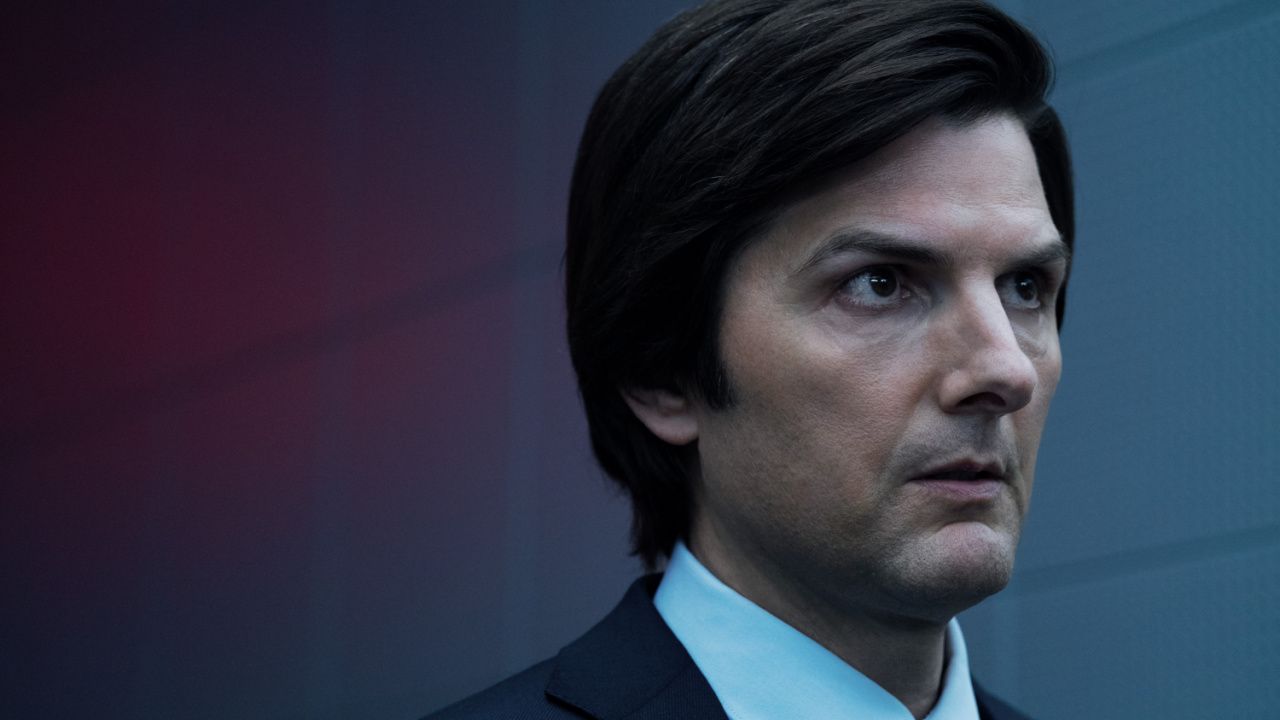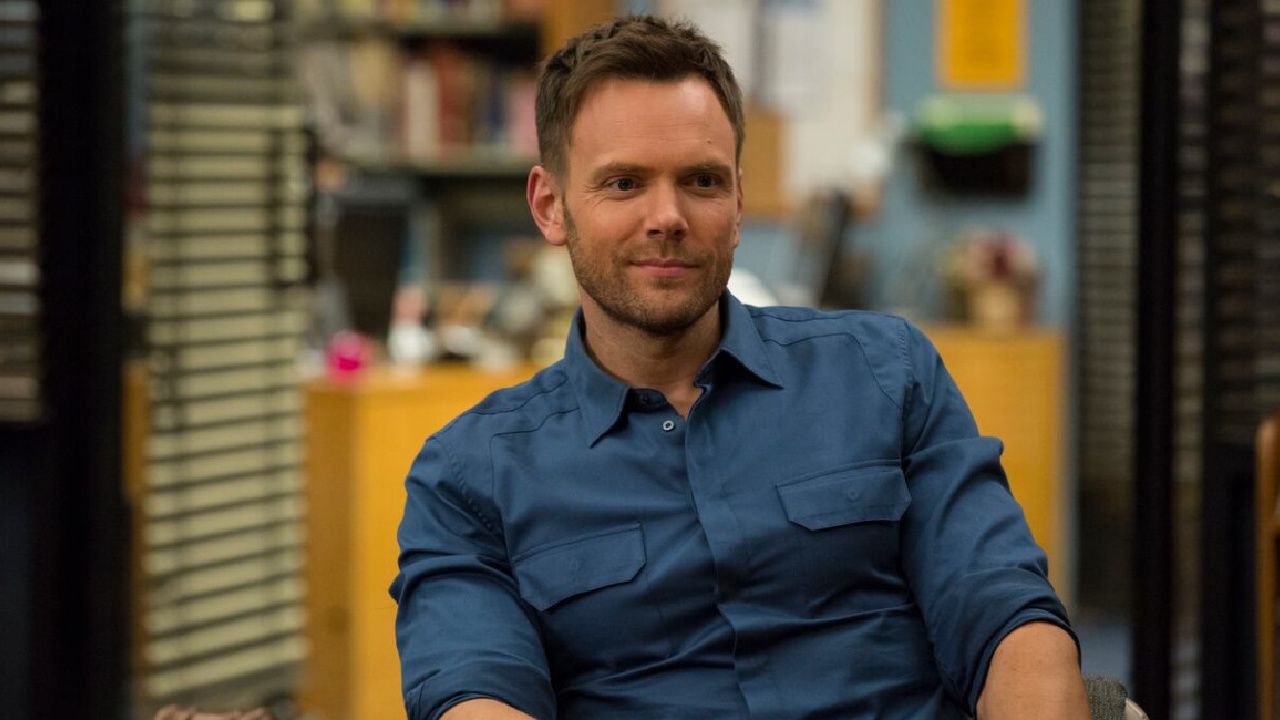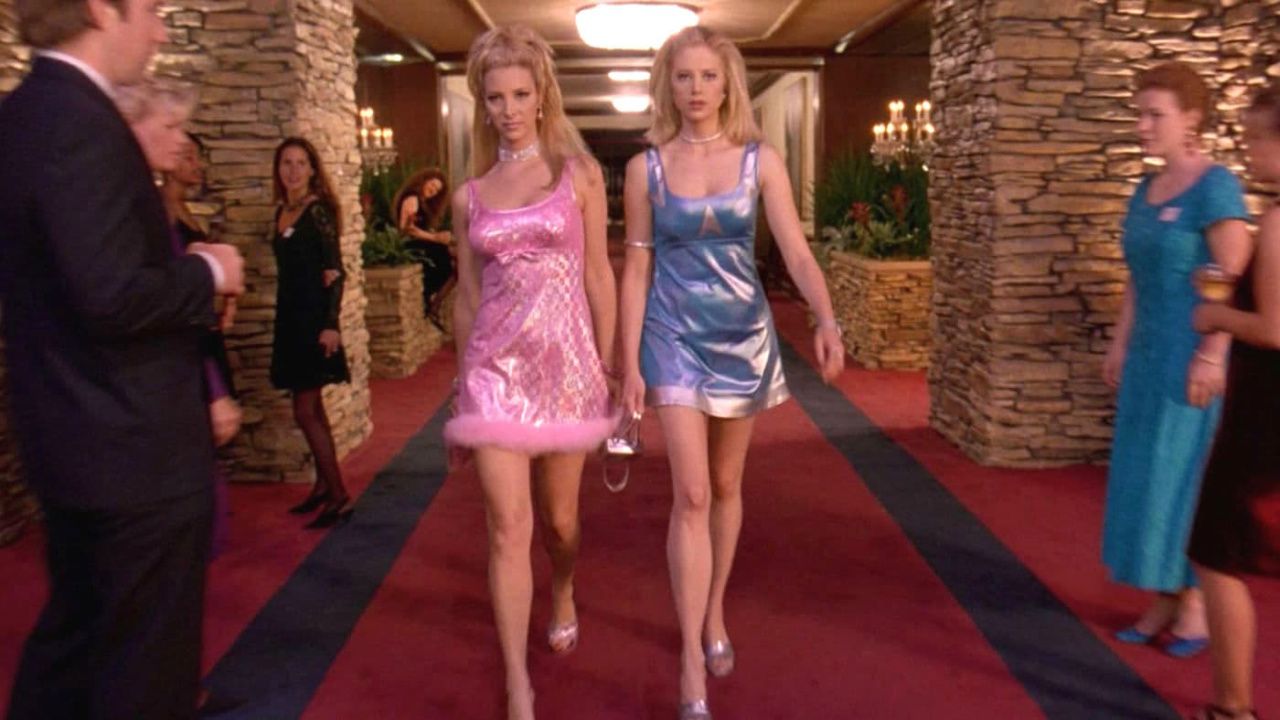Mark Duplass’ Netflix Drama Is Like a YA ‘Wild’

Hulu’s adaptation of Little Fires Everywhere premiered at the very beginning of the 2020 COVID lockdown, and although it was nominated for several big Emmys that fall, the miniseries has become very fuzzy in my memory. One thing I do remember, however, is that in selecting the daughters of Reese Witherspoon’s character, the casting team found a pair of young actresses — Jade Pettyjohn and Megan Stott — who absolutely bore an uncanny resemblance to Reese Witherspoon.
Actually, I’d forgotten even that detail before sitting down to watch the new Netflix drama Penelope and immediately recognizing Stott — in large part because, if you’re going to make what is essentially an eight-part YA version of Wild, selecting a certifiable Reese Witherspoon doppelgänger as your lead makes a lot of sense.
Penelope
The Bottom Line
An earnest and wholesomely effective coming-of-age story.
Airdate: Tuesday, Sept. 24 (Netflix)
Cast: Megan Stott
Creators: Mark Duplass and Mel Eslyn
Presumably, it isn’t wholly a coincidence. Penelope was created by Mark Duplass, who co-stars with Witherspoon on The Morning Show, and Mel Eslyn, who got her start as a longtime collaborator with the late, great Lynn Shelton, primary director on Little Fires Everywhere.
But even if Duplass and Eslyn didn’t purposely seek out a juvenile Witherspoon, it was serendipity. Stott’s expressive features and ability to teeter between broad humor and grounded pathos anchor this mostly likable and mostly wholesome wilderness survival tale. I’m not quite sure who the target audience is, but maybe the show’s festival rollout at Sundance and SXSW reveals the answer: It’s a drama for the indie tween in your life, or possibly your own inner indie tween.
Penelope begins with its 16-year-old protagonist dancing as part of a silent rave — all participants wear fancy headphones and bop in their respective personal spaces — at some rural camping glen. The next morning, Penelope goes off wandering. Ignoring friendly, “It’s time to go home!” messages from her mother, she makes her way to a warehouse store in a nearby town, where she gravitates toward the outdoors section. As if carried by a spiritual force higher than herself, Penelope fills a bag with basic camping supplies and hops on an unsecured railway car headed to places elsewhere, leaving only an apologetic message for her parents. She isn’t angry or miserable, just seeking something she can’t articulate.
Soon, Penelope makes her way to a national park in the Pacific Northwest and, despite lacking a camping permit, sneaks into the park and begins living off the land.
What motivates Penelope only reveals itself gradually and doesn’t necessarily make any sense, but the series alternates between grounded realism and poetic “please don’t look for realism” whimsy. All you need to know is that Penelope has lost a connection to her life in the modern world and that, in her unaccompanied retreat, she seeks an authentic version of herself. Her survival skills are close to nil, but she’s lucky enough to find an appropriately titled Wilderness Survival Guide at a bookstore/coffee shop on her way into the forest, and it’s full of enough helpful hints to keep Penelope alive until her natural resilience kicks in. And she’s very resilient.
Just as Eslyn and Duplass presumably didn’t cast their lead haphazardly, she wasn’t named haphazardly either. Penelope is on a personal odyssey, which finds her encountering a succession of people and animals at a rate of precisely one per 30-minute installment. She meets a somewhat pretentious, but generally innocuous, young coroner (Austin Abrams); an intense, but generally innocuous, older environmental activist (Krisha Fairchild); and a trio of odd, but generally innocuous, Catholic teens (including one played by The Penguin breakout Rhenzy Feliz).
These people help Penelope learn general spiritual lessons — you’ll get the “modern tech-addicted teens have lost connection to Mother Earth and therefore with themselves” message without anybody needing to express it precisely — but they also give Penelope someone to talk to. In truth, Stott doesn’t really require co-stars. Sometimes the scripts encourage her to mutter to herself, and rest assured that she almost immediately chats with trees and random wildlife. But Stott is so emotionally available that her every frustration or joy comes across wordlessly. If there’s any ambiguity, the score by Danny Bensi and Saunder Jurriaans with Julia Piker echoes her feelings fairly directly.
Two years ago, Netflix aired the six-part survival drama Keep Breathing, featuring a strong central performance by Melissa Barrera. It played well when it focused on its heroine making fire and finding food and all of that fun stuff, but it was badly over-plotted, refusing to just trust its My Side of the Mountain/Hatchet conceit.
Penelope generally has more faith that Into the Wild (which referenced directly) with a teenage girl is story enough. The episodes in which things actually “happen” were easily my least favorites, because the more plot you impose, the more realism the narrative demands, and the more realism the narrative demands, the less it works. Yes, Penelope’s experience is supposed to be literal, but if you force me to think too concretely, my thoughts are going to go in the direction of, “Maybe Penelope shouldn’t be accepting the slightly sketchy hospitality of that strange young man, no matter how harmless he seems,” or “Maybe Penelope shouldn’t be attempting to befriend that bear cub,” or “If she spent under $500 on her supplies, most of what she got is probably fairly low quality, and also why does she suddenly have so many changes of clothing?” Penelope isn’t so completely without stakes that it will encourage most viewers to follow in her footsteps, but it treats the tangible risks of her experience in a sanitized way that doesn’t benefit from having attention drawn to it.
On the other hand, give me a 28-minute episode that’s mostly Penelope silently attempting to start a fire, or another in which she’s engaged in an extended building project, and I can be fully entertained. I am, after all, the guy who wishes that Lost had just been a group of survivors trying to make it on a perfectly normal, smoke monster-free island.
Eslyn, who directed all eight chapters, has no compunctions about steering viewers through several of what amount to extended training montages, in which we follow Penelope through a string of failures before reveling in her eventual triumphs. She and cinematographer Nathan M. Miller situate Penelope within a beautifully verdant canopy, and blend nature porn with poppy girl-power uplift in a way that hastily generates an emotional connection. The series has the feel of a slightly-too-earnest, hastily scrawled poem with a doodle of a wildflower in the margin. But in a good way!
The investment that Eslyn and Stott earn for Penelope probably climaxes a little earlier than it should. The last installment or two are rushed and raise more of those better-left-unasked questions than the rest of the show was engineered to sustain. I don’t need another season of Penelope, but one episode more or fewer might have been ideal.
Read the original article here






